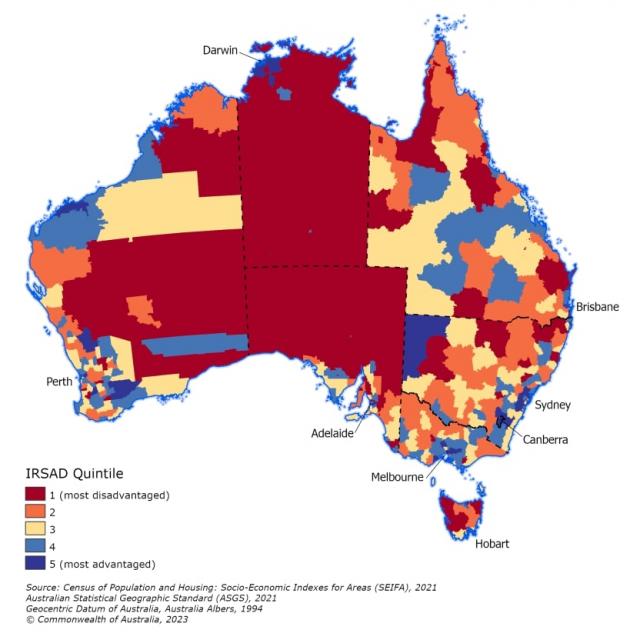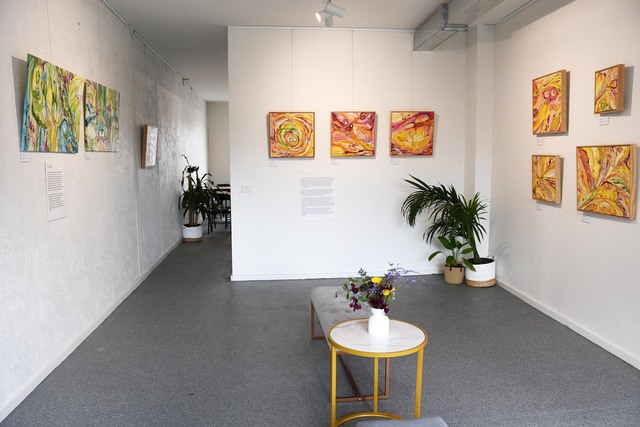Pakenham Upper and Narre Warren East are among the most advantaged suburbs across the south-eastern suburbs, while Doveton, Hampton Park, Dandenong South and Springvale are among the most disadvantaged in the south-east.
Released on Thursday, April 27, the Australian Bureau of Statistics (ABS) rankings are based on the latest Socio-Economic Indexes for Areas (SEIFA), compiled using data from the 2021 Census.
After each Census, the ABS analyses certain information collected, including income, education, employment, occupation, housing, and family structure.
Each suburb is given a score from one to 10, with one being most disadvantaged and 10 most advantaged.
On a snapshot of local government areas, Greater Dandenong is the second most disadvantaged LGA, coming second to Central Goldfields, while Casey and Cardinia fell in the upper middle bracket, receiving scores of six and seven respectively.
Among the most disadvantaged suburbs receiving a score of one were Doveton, Hampton Park, Springvale, Noble Park, Dandenong, Dandenong North, Dandenong South, Bangholme and Cranbourne.
Other suburbs in the lower bracket with a score of two to four included Hallam, Narre Warren, Noble Park North, Pakenham, Pakenham South, Garfield and Lang Lang.
Suburbs with a mix of disadvantage and advantage with a score of five to seven included Lynbrook, Gembrook, Pearcedale, Narre Warren South, Keysborough and Bunyip.
South-eastern suburbs at the top of the list with a score of eight to 10 included Cranbourne South, Berwick, Officer, Emerald, Clyde, Lyndhurst, Harkaway, Guys Hill, Narre Warren East and Pakenham Upper.
ABS Census dissemination head Caroline Deans said a number of factors contribute to the SEIFA data.
“Using data like occupation shows where there’s more advantage or disadvantage in Australia,” she said.
“Education data is also related to socio-economic advantage and disadvantage.
“Socio-economic status is used by many groups including government, businesses, industry, researchers, to determine things like funding for services, policy development, business opportunities, and it’s also used to show the relationship between socio-economic disadvantage and outcomes such as health and education.”
The most advantaged suburbs across the state were mostly found within the inner-eastern suburbs of Melbourne, including Cremorne, Toorak, Malvern and Brighton, while the most disadvantaged suburbs included Norlane north of Geelong, as well as Morwell and Moe in the outer south-east.
Across the country, the most disadvantaged areas were in Queensland and the Northern Territory, while the majority of the most advantaged areas were along the New South Wales coastline, as well as localities near Perth.







